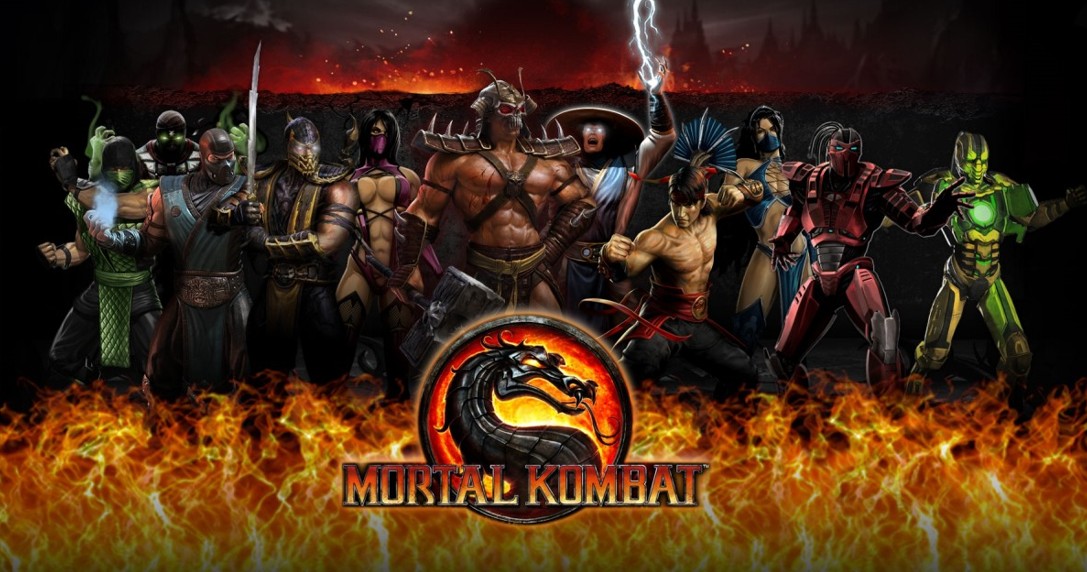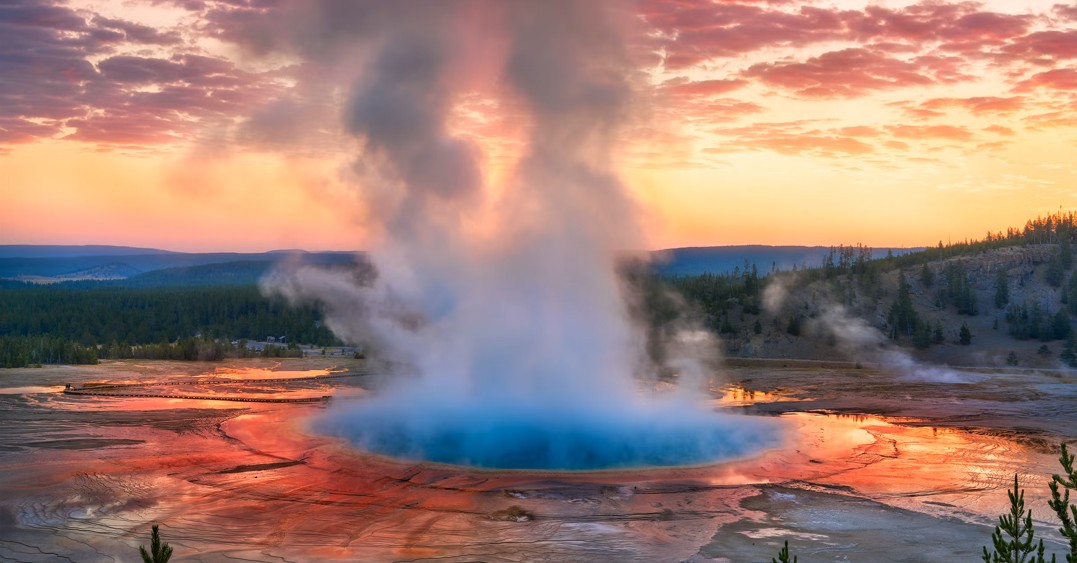
Once dismissed as “human cockfighting” and relegated to the fringes of sports, Mixed Martial Arts (MMA) has undergone one of the most remarkable transformations in athletic history. What began as no-holds-barred contests has evolved into a sophisticated, multi-billion-dollar global industry, celebrated for its athleticism, strategy, and unparalleled drama. The journey of MMA is a testament to human ingenuity, resilience, and the relentless pursuit of combat excellence.
The Ancient Roots and Early Seeds (Pre-1993)
While modern MMA burst onto the scene in the 1990s, its roots stretch back much further. Ancient Greece featured Pankration, a brutal Olympic sport combining boxing and wrestling. Throughout history, various cultures developed their own forms of all-encompassing combat, such as Brazilian Vale Tudo (“anything goes”) fights, Japanese martial arts challenges, and European catch wrestling. These were often unregulated, often brutal, and typically glorified street fights or gym challenges designed to test the superiority of one martial art over another.
However, a pivotal moment in the conceptualization of modern MMA came from the Gracie family of Brazil. Helmed by Helio and Carlos Gracie, they developed Brazilian Jiu-Jitsu (BJJ), an art focused on ground fighting and submissions, proving its effectiveness by famously issuing “Gracie Challenge” invitations, where their smaller, weaker practitioners would defeat much larger, stronger opponents from other disciplines. This “style vs. style” ethos laid the groundwork for what was to come.
The Big Bang: UFC 1 (1993) and the “No-Holds-Barred” Era
The true birth of modern MMA as a distinct sport occurred on November 12, 1993, in Denver, Colorado, with the inaugural Ultimate Fighting Championship (UFC). Conceived by Art Davie and Rorion Gracie, the event’s stated goal was to determine the most effective martial art in a real fight, with minimal rules. Fighters from diverse backgrounds—sumo, boxing, savate, karate, wrestling, and Brazilian Jiu-Jitsu—entered an octagon-shaped cage.
The first tournament was won by the relatively frail-looking Royce Gracie, who used his family’s jiu-jitsu to submit larger, stronger opponents. UFC 1 was a shocking spectacle, viewed by many as barbaric due to its lack of weight classes, time limits, and emphasis on raw, unadulterated combat. It was groundbreaking but also highly controversial, earning the moniker “human cockfighting” from prominent critics like Senator John McCain, who led a nationwide campaign to ban the sport.
The Dark Ages and the Fight for Legitimization (Late 90s – Early 2000s)
Facing immense political pressure and widespread bans, the UFC entered its “Dark Ages.” Pay-per-view carriers dropped events, and the sport was driven underground in many states. To survive, the UFC began to implement more rules, gradually introducing weight classes, open-glove requirements, bans on certain strikes (like headbutts and groin shots), and ultimately, time limits.
This period culminated in the creation of the Unified Rules of Mixed Martial Arts in 2000, developed by athletic commissions in New Jersey and Nevada. These rules, which included limits on ground strikes, a standardized scoring system, and restrictions on certain techniques, were crucial. They transformed MMA from a spectacle of brutality into a regulated athletic competition, paving the way for its acceptance by state athletic commissions.
The Japanese Golden Age: PRIDE FC and the Spectacle of Combat
While the UFC struggled for survival in the US, a vibrant and spectacular MMA scene flourished in Japan. PRIDE Fighting Championships, launched in 1997, became the world’s premier MMA organization for several years. With larger rings, unique rules (like soccer kicks to a downed opponent), grand fighter entrances, and an emphasis on entertainment, PRIDE produced legendary events and showcased iconic fighters such as Fedor Emelianenko, Wanderlei Silva, Mirko Cro Cop, and Antônio Rodrigo Nogueira. PRIDE’s unbridled approach to combat sports deeply influenced the global MMA landscape, even as the UFC sought to legitimize itself.
The American Resurgence: Zuffa, The Ultimate Fighter, and Mainstream Boom (2000s)
In 2001, brothers Frank and Lorenzo Fertitta, along with long-time friend Dana White, purchased the struggling UFC for $2 million under their new company, Zuffa LLC. They invested heavily, aiming to bring MMA into the mainstream. The true turning point came in 2005 with The Ultimate Fighter (TUF), a reality television show that aired on Spike TV.
TUF featured aspiring fighters living together and competing for a UFC contract. The show’s finale, particularly the legendary light heavyweight brawl between Forrest Griffin and Stephan Bonnar, captivated audiences and became an instant classic, helping the UFC’s popularity explode. TUF introduced MMA to a vast new audience, demonstrating the human stories, dedication, and incredible athleticism behind the violence.

Global Expansion and the Era of Superstars (2010s – Present)
With TUF’s success, the UFC consolidated its position as the undisputed leader in MMA, acquiring rival promotions like PRIDE FC (in 2007), WEC (in 2010), and Strikeforce (in 2011), bringing in a wealth of talent and unifying the sport’s top fighters under one banner.
The 2010s saw MMA reach unprecedented heights of mainstream acceptance, driven by charismatic superstars like:
- Ronda Rousey: Her dominant run as the UFC’s first female champion shattered perceptions and brought millions of new fans to the sport, particularly women.
- Conor McGregor: The brash, articulate, and fiercely talented Irishman transcended MMA, becoming a global sports icon and breaking pay-per-view records.
- Georges St-Pierre, Jon Jones, Khabib Nurmagomedov, Amanda Nunes: These dominant champions solidified MMA’s reputation for elite athleticism and strategic mastery.
Today, MMA is a global phenomenon, with organizations like Bellator, ONE Championship, and the Professional Fighters League (PFL) thriving alongside the UFC. Fighters are highly trained, multidimensional athletes, proficient in striking, grappling, and wrestling. The sport continues to evolve, with new techniques, training methodologies, and strategic approaches constantly emerging.
From its controversial origins as a bare-knuckled curiosity, Mixed Martial Arts has definitively carved out its place as one of the world’s most dynamic, exciting, and respected sports, a testament to its enduring appeal and the indomitable spirit of its competitors.





